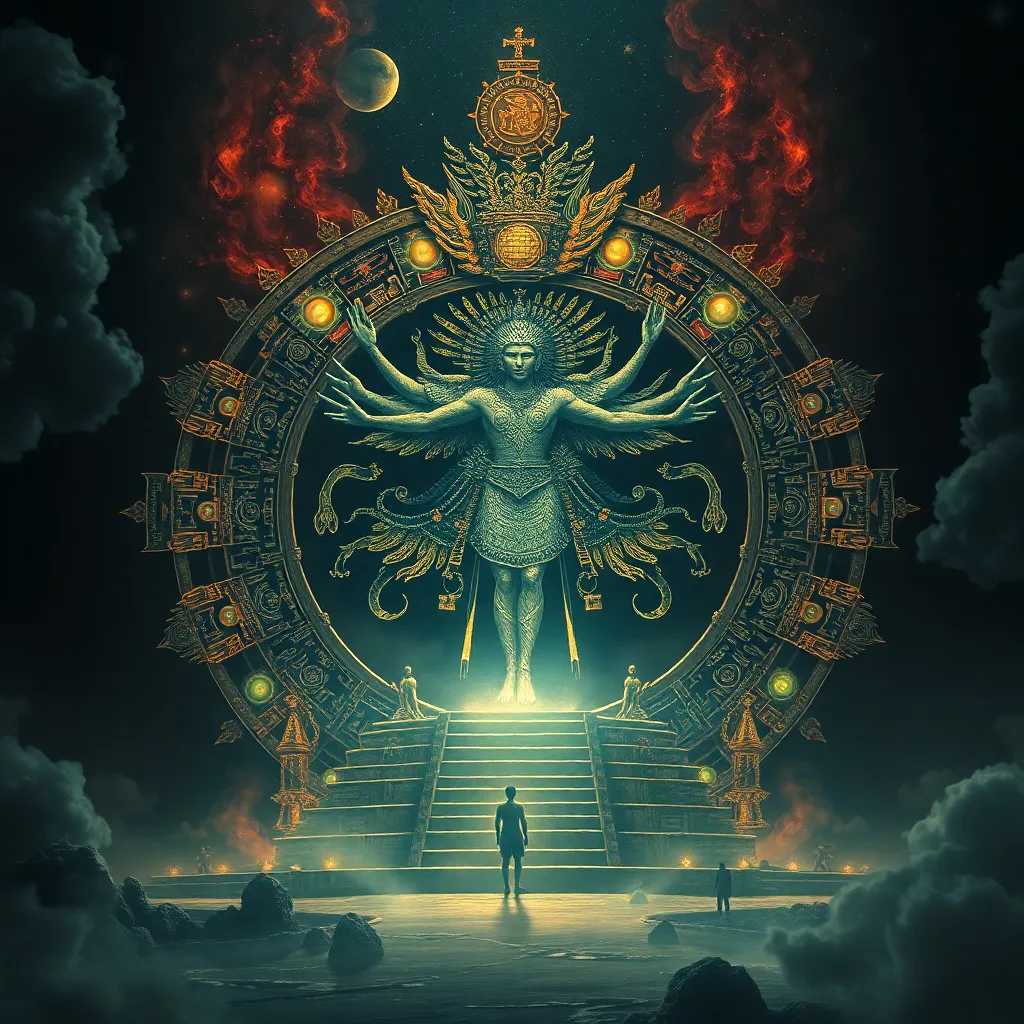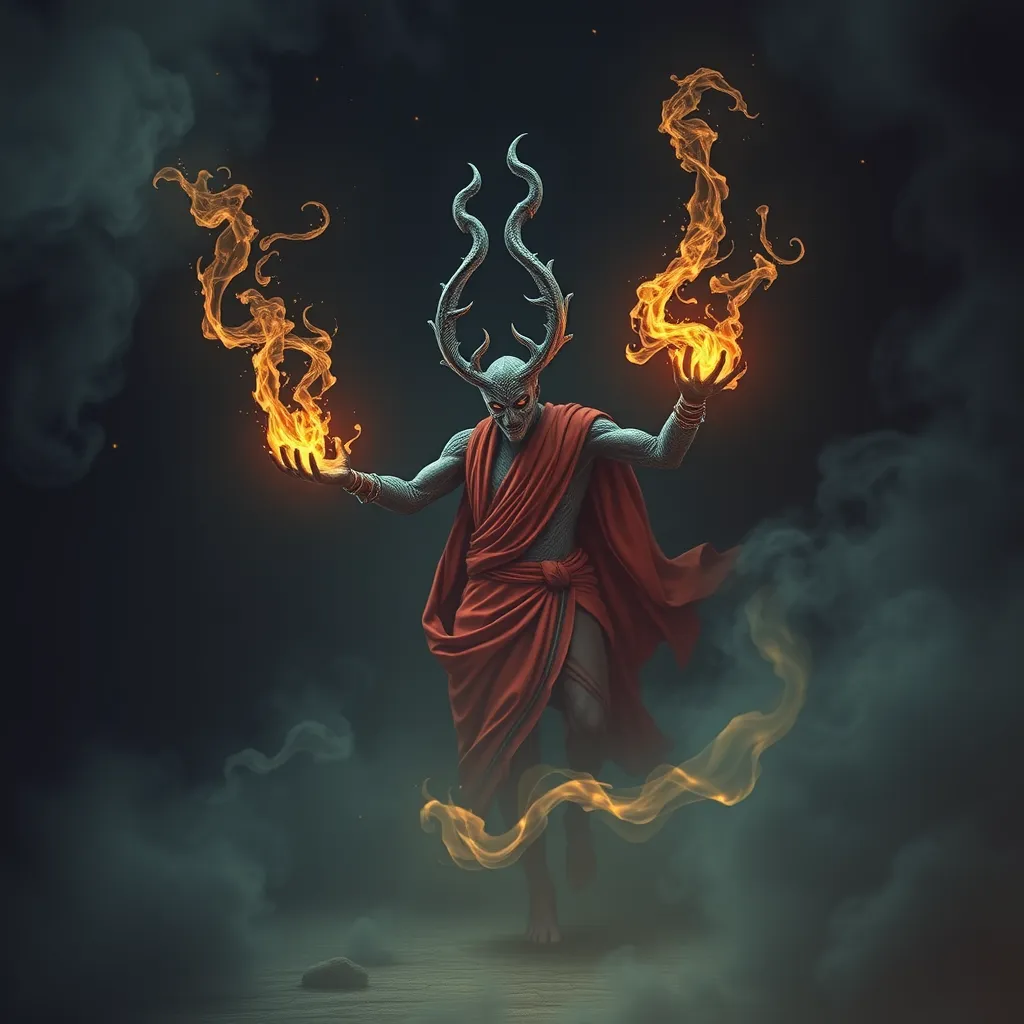Harpy Legends: A Timeline of Their Development and Transformation
I. Introduction
Harpies are mythical creatures from ancient folklore, primarily recognized in Greek mythology as winged spirits known for their ability to steal and carry away individuals or objects. Often depicted as half-bird and half-woman, their portrayal has evolved significantly over time.
The importance of Harpies in cultural folklore cannot be overstated. They encapsulate various themes, including the power of nature, the intersection of beauty and danger, and the complexities of femininity. This article aims to trace the evolution and transformation of Harpy legends, exploring their origins, representations, and cultural significance through the ages.
II. Origins of Harpy Myths
The origins of Harpy myths can be traced back to early references in Ancient Greek literature. The term “Harpies” derives from the Greek word “harpyiai,” which means “to snatch” or “to seize.” They were often described as spirits of the wind, embodying the destructive aspects of storms.
Symbolism associated with Harpies in mythology is deeply rooted in their connection to the elements. They were primarily seen as personifications of the violent winds and chaotic storms, reflecting humanity’s fears and respect for nature’s power.
III. Harpies in Greek Mythology
In Greek mythology, Harpies play a crucial role in the narrative of the Argonauts’ journey. They are depicted as tormentors of the blind seer Phineas, stealing his food and leaving him to starve. This interaction underscores their malevolent nature and establishes them as agents of chaos.
Hesiod and Homer provide significant depictions of Harpies, where they are portrayed as fierce and vengeful creatures. Over time, however, their representation transformed from divine beings to more monstrous figures. This shift reflects changing societal values and the evolving narrative of good versus evil in mythological storytelling.
IV. Harpies in Roman Culture
The Romans adopted and adapted Greek Harpy legends, integrating them into their own mythology. In Roman culture, Harpies were often depicted in art and literature, but their portrayal differed somewhat from their Greek counterparts.
- In Roman art, Harpies were frequently shown as fearsome creatures, sometimes depicted with human faces and bird-like bodies.
- The significance of Harpies in Roman mythology often revolved around their role as omens or messengers, rather than purely malevolent beings.
This adaptation of Harpy legends influenced various forms of Roman art and literature, showcasing their impact on the cultural landscape of the time.
V. The Medieval and Renaissance Interpretations
During the medieval period, Harpies found their way into bestiaries and literature, often taking on more monstrous representations. These creatures were sometimes depicted as symbols of sin and moral decay, reflecting the darker themes prevalent in medieval thought.
The Renaissance period marked a significant shift in cultural perceptions of Harpies. Artists and writers began to explore their duality, emphasizing the tension between beauty and horror. Harpies became symbols of nature’s wrath, embodying both alluring and terrifying aspects of femininity.
VI. Harpies in Modern Literature and Media
In contemporary literature and media, Harpies have been reinterpreted in various ways. Modern fantasy authors often depict them as complex characters, moving away from the purely malevolent representations of the past. Their roles in stories range from antagonists to tragic figures seeking redemption.
- Harpies appear in films and video games, showcasing their adaptability in modern storytelling.
- They often embody themes of empowerment and resilience, demonstrating a significant evolution in their characteristics.
VII. Symbolism and Themes Associated with Harpies
The duality of beauty and danger is a prominent theme in Harpy legends. Their alluring appearance juxtaposed with their fierce nature symbolizes the complexities of femininity and the fears surrounding it. Harpies serve as representations of nature’s wrath, reminding humanity of the power and unpredictability of the natural world.
In recent discussions, feminist interpretations of Harpy legends have emerged, framing these figures as symbols of female empowerment and defiance. In this light, Harpies challenge traditional gender roles and embody the struggle against oppression, making them relevant to contemporary discourses on gender and identity.
VIII. Conclusion
The evolution of Harpy legends illustrates the dynamic nature of mythological figures over time. From their origins in ancient Greek literature to their complex representations in modern media, Harpies have transformed significantly, reflecting changing cultural attitudes and societal values.
Today, Harpies remain relevant in storytelling, serving as powerful symbols of nature, femininity, and the duality of beauty and danger. As we continue to explore and reinterpret these mythological figures, we gain insight into the timeless themes of human experience and the narratives that shape our understanding of the world.



